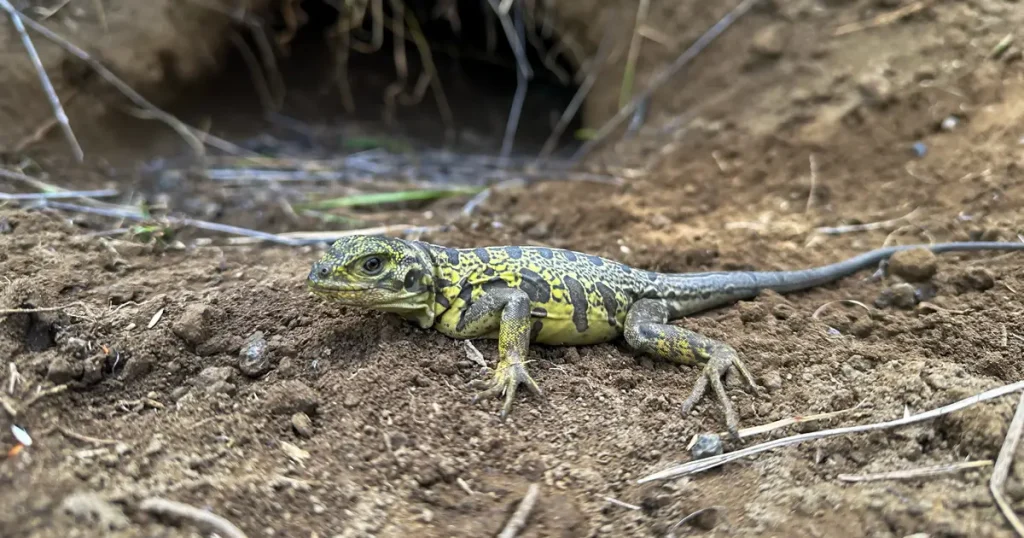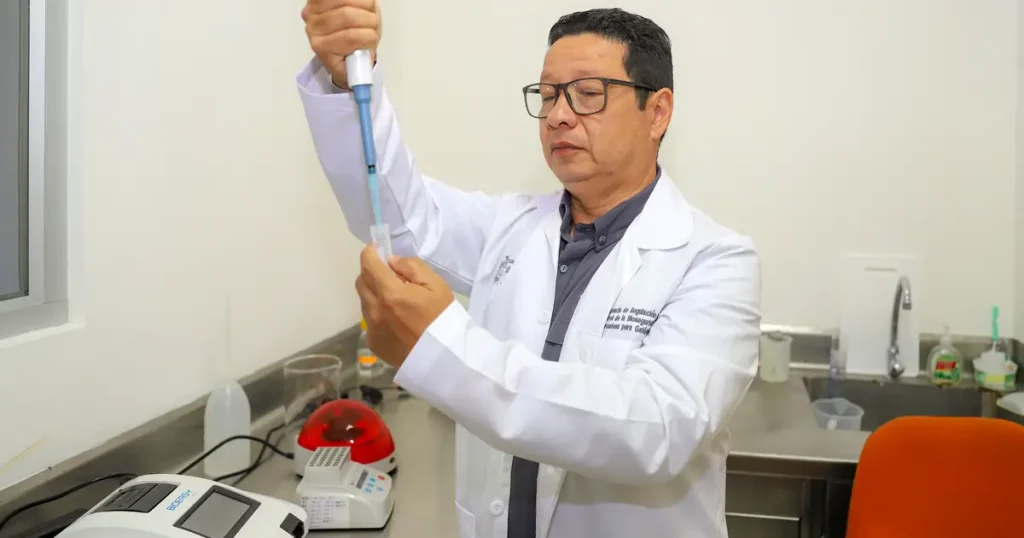Project Pinzón
Project: Restoring Pinzón Island through the Elimination of Introduced Rodents
Milestones
- In 1965, the first tortoise eggs were transferred from natural nests on Pinzón to Santa Cruz in response to the absence of recruitment of young tortoises into the population since the late 1800s (due to predation by rats). This established the Santa Cruz Tortoise Center and its first captive rearing program.
- The first juvenile tortoises (20 total) from the Tortoise Center were repatriated to Pinzón in 1970.
- Introduced rats were eradicated from Pinzón in December 2012.
- In December 2014, the first surviving tortoise hatchlings were encountered on Pinzón Island in over 100 years.
- As of the end of 2017, a total of 1007 juvenile tortoises have been repatriated to Pinzón.
Overview
Pinzón is home to giant tortoises (approximately 100 of the original old natives, and an estimated 400 repatriated tortoises ranging in age from 5-40 years old), snakes, lava lizards, hawks, short-eared owls, passerine birds including several species of Darwin’s finches, and endemic invertebrates and vegetation. However, introduced black rats – which are among the most serious threats to Galapagos biodiversity – completely stopped population growth of the Pinzón giant tortoise (Chelonoidis duncanensis) for nearly a century. Introduced rats prey on eggs and hatchlings of bird and reptile species. As a result, the control and/or eradication of introduced rodents in specific sites, and where possible on entire islands, is a major priority for conservation in the Islands.
The black rat (Rattus rattus) was accidentally introduced to many of the Galapagos islands by pirates and/or whalers in the 17th or 18th centuries. The brown rat (Rattus norvegicus) was introduced to Santa Cruz and San Cristóbal in the 1980s. Only black rats made it to Pinzón.
Successful rodent eradications in Galapagos on some of the small- and medium-sized islands (e.g., Rábida, at 499 hectares, was the largest) provided conservation managers sufficient knowledge and expertise to carry out a rat eradication campaign on Pinzón Island (1815 hectares) in 2012, with little risk to native fauna and flora. Prior to the campaign, toxicological studies on reptiles and experience in maintaining hawks in captivity during the period of risk (the method used during rodent eradication on Rábida and other small islets) filled the knowledge gaps needed for the larger campaign on Pinzón to quantify and mitigate potential risk to non-target species (e.g., giant tortoises and Galapagos hawks).
The rat eradication campaign on Pinzón Island was carried out by Island Conservation, the Galapagos National Park Directorate, and other partners in December 2012. After a year of monitoring, the island was declared rat-free. By December 2014, the first tortoise hatchlings were observed, having emerged successfully from their nests. These young tortoises represent the first successful hatching and survival of young tortoises on Pinzón since the late 1800s. Pinzón is the largest of the Galapagos Islands from which rats have been successfully eradicated, as of 2018.

Unfortunately, possibly due to the arid environment, residual poison persisted in lava lizards. The rodenticide thus remained in the ecosystem much longer than in any previous rodent eradication project worldwide. This required that the hawks removed from the island during the eradication campaign be maintained in captivity for much longer than expected. The hawks were finally successfully released in July and August 2016 and are doing well. As of 2018, eight hawk nesting events on Pinzón have been confirmed, of which five successfully produced chicks (two are still pending). In addition to the giant tortoises and hawks, new species have been recorded, including the cactus finch, Galapagos rail, and a possible new species of endemic snail.



